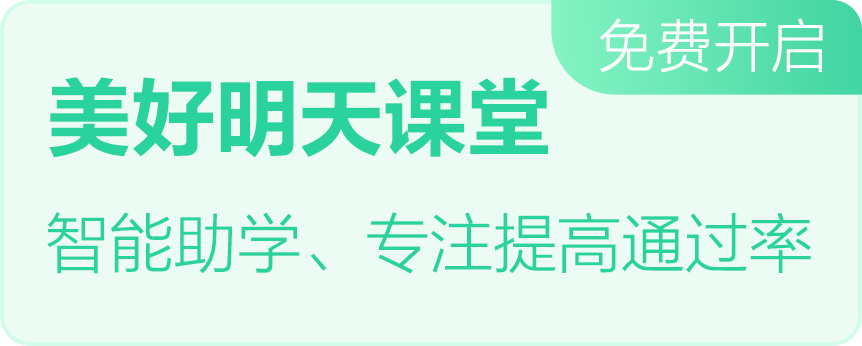|
长按/扫描二维码
|
长按/扫描二维码
|
Part Ⅲ Reading Comprehension (40 minutes)
Section A
Directions: In this section, there is a passage with ten blanks. You are required to select one word for each blank from a list of choices given in a word bank following the passage. Read the passage through carefully before making your choices. Each choice in the bank is identified by a letter. Please mark the corresponding letter for each item on Answer Sheet 2 with a single line through the centre. You may not use any of the words in the bank more than once.
Questions 26 to 35 are based on the following passage.
“Science and everyday life cannot and should not be separated." Those were the words uttered by pioneering British scientist Rosalind Franklin, who firmly believed that the pursuit of science should be (26) to all.
As a woman working in the first half of the 20th century, Franklin’.s contributions to some of the greatest scientific discoveries of our time - including the structure of DNA - were sadly
(27) in her lifetime. One of my proudest moments in my role as universities and science minister was being able to go some way to redress this injustice last month, by unveiling the new Mars rover named after this brilliant British scientist.
Today, on International Women’ s Day, it is only right that we recognize the important work of female scientists like Franklin and seek to honour her memory by inspiring more women and girls to follow in her footsteps.
More than 60 years after Franklin’ s death, we are (28) living in a different world, where women play an important part in every echelon of our society-not least in science, innovation, higher education and research.
UK universities are world leaders when it comes to advancing and (29) gender equality. The Athena SWAN charter, initially established to improve the representation of women in scientific disciplines in higher education, now has 145 members. It has also expanded to promote gender equality in multiple disciplines-including the arts, social sciences, humanities, business and law.
In the past decade, we have seen a (30) increase in England in the number of women accepted on to full-time undergraduate degrees in science, technology, engineering and maths (Stem subjects). And in the last academic year, women (31) for more than half of all Stem postgraduates at UK universities. The government is taking further steps to improve women’ s representation in science and has today awarded nine inspiring women £50,000 to develop inventions to tackle the challenges and seize the opportunities we face as a society. From new materials to cut down on plastics pollution to special devices to improve posture and comfort for wheelchair users, these women are at the forefront of creating the new technology for tomorrow.
This is significant progress, but access to higher education is only half of the equation. To have real equality in the sector, we need to ensure talented women are able to progress into the academic and leadership roles they desire, and get the remuneration they deserve.
Data shows us the (32) to success gets harder for women to climb the further up they go.
Although women make up the majority of undergraduates in our universities, just under half of academic staff are female. At (33) levels, only a quarter of professors are women, and black women make up less than 2% of all female academic staff.
I welcome the introduction of pro-active strategies like the new initiative at the University of
Leicester, which I am visiting today, to increase the number of female professors by 1.5% each year,with the overall goal of having 30% professorships held by women by 2020.
There are also stark differences in pay across grades. The gender pay gap based on median salaries across the sector in 2016-17 was 13.7%, (34) there is still some way to go to ensure women are rising through the ranks to higher grade positions and being paid (35) .
答案:
26. A) accessible
27. J) overlooked
28. O) thankfully
29. K) promoting
30. E) considerable
31. B) accounted
32. G) ladder
33. L) senior
34. N) suggesting
35. D) appropriately





四六级万题库 | 微信搜索"万题库英语四六级考试"






 英语四级
英语四级